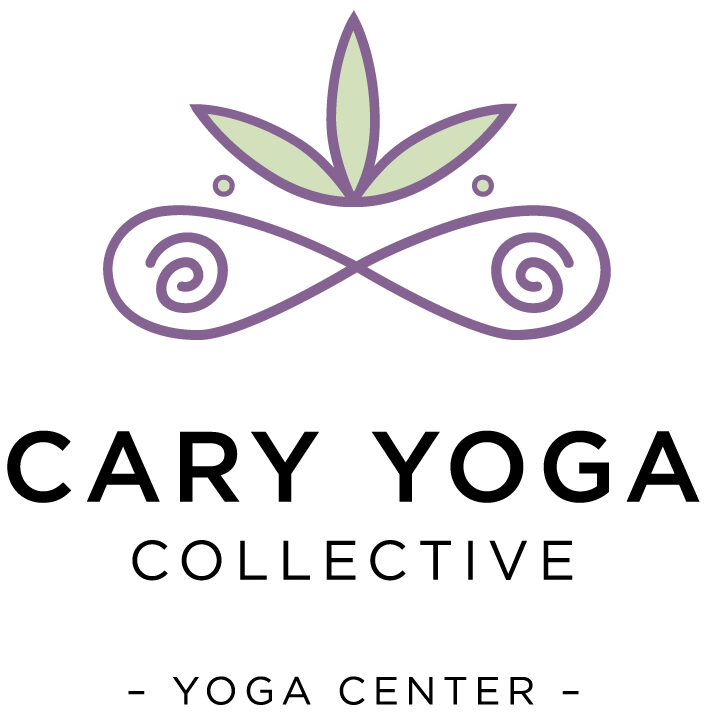By: Heather Blanchard
“Meditate. Let the light of the heart engulf you.” – Gurumayi Chidvilasananda
Let’s talk about the Power of Meditation. By now, you have probably read tons of information on the benefits of meditation: it lowers stress, improves quality of sleep, boosts feel good hormones (endorphins, dopamine and serotonin), reduces blood pressure and inflammation, strengthens your immune system, increases happiness, improves concentration, etc. The list goes on and on! And now there are countless scientific studies in the news proving these benefits. As a yoga teacher, I hear tons of new students claim they just can’t sit still and “clear” their mind. And my reply to them is something like this: “That’s ok! You are not expected to quiet your mind like a Buddhist monk or yogi that’s been meditating for years. Meditation begins simply by being still and tuning into the rhythm of your breath. You might have tons of thoughts floating through your mind at first. Take a moment to notice them, and just keep breathing. Then we will move through postures together.”
The Merriam-Webster dictionary defines meditation as: the act or process of spending time in quiet thought. However, its purpose is much deeper than that. In Part 1 of this series, I talked about Patanjali’s Eight-Limbed yogic path. Meditation, (dhyana yoga), is the seventh of his defined limbs, and is key to attaining bliss. It is the process of turning your attention inward, and discovering your essential nature, which is peaceful and happy. And it is the limb that comes before attaining a permanent connection to the Divine within, and to the Divine above. Although yoga is not a religion, it is an art and science; many religions use meditation to connect more closely with God. And anyone who is devout knows that connection brings internal peace. From early childhood we are taught to examine the outside world – that is the process of learning. And as adults, we continue to study, analyze and react to the external rather than to the internal wisdom of our mind. All this causes unnecessary stress and strain in our lives. Of course we are going to have challenges, changes, hurts and losses that affect us deeply. But if we cultivate a regular practice of sitting still and meditating, we can enjoy the benefits of letting some of that go. It’s like a vacation for your mind. Your body begins to relax, and then you begin to find some space between your thoughts. You begin to notice them, and discern what’s important from what’s not. This leads to making better decisions, and even to taking time to process and react to present moments much differently.
Remember that this is a process. Meditation is a science that has to be practiced regularly, preferably at the same time each day, in order to achieve its true goal. You may often come to a quiet spot, sit down and find your mind is racing – from your to-do list to a dream, from wondering whether you turned the coffee pot off to remembering a conversation from yesterday, from a passionate moment to worry over a loved one. This is natural and normal…and hard to sit with at first. But over time, the mind and body attain peace more quickly. And an inner study of the self begins.
When meditation is practiced regularly, you become adept at quieting those endless thoughts. You begin to react less to life’s challenges, and find more equanimity and peace. You may have to meditate guided at first, and there are plenty of free meditation apps to help you get started. One of my favorites: Insight Timer.
Buddha was asked, “What have you gained from meditation?” He replied, “Nothing! However, let me tell you what I have lost: Anger, Anxiety, Depression, Insecurity, Fear of Old Age, and Death.” – Unknown
Many people begin practicing meditation after attending several yoga classes. Maybe their initial goal was to practice yoga in order to relax, repair injuries or stretch. But they didn’t yet realize the quiet, meditative moments in class were also key to yoga’s purpose: to clear your mind and allow freedom from worry, and to enjoy the present moment. At the studios I teach in, we often remind students that yoga is a breathing practice for every body. The primary purpose of its postures is to slow down and breathe. Of course, the physical benefits of stretch, strength and alignment are wonderful too. But even if you can’t or don’t feel like moving, if you just sit in a class and tune into the rhythm of your breath, you’ll leave more refreshed, renewed and peaceful. Once you learn to match breath to movement (inhaling to expand and stretch, and exhaling to fold) the true magic of yoga asanas sets in: union of body and mind. They become linked to one another, and you are in a moving meditation. The thoughts you entered class with begin to melt away naturally. And if you can take this breathing practice off the mat, it becomes easier to then “sit still” and meditate. The importance of meditation becomes clear through regular physical practice. With steady meditation you gain more freedom from anxiety, negative self-talk, and judgment. You react less to life’s challenges, and increase patience and happiness. You might even attain true enlightenment by discerning that everything external is impermanent, and connect to the essential bliss in the depths of your soul.
“When you own your breath, no one can steal your peace.” – Mahatma Ghandi


 The Power Of Yoga Part 1 – Enduring Benefits
The Power Of Yoga Part 1 – Enduring Benefits
Leave a Reply